
Nothing is more fragrant than classic lilacs in spring. I am a lilac nut and have 21 different varieties growing in my yard. When they are blooming, it is hard to stay indoors, unless, of course, you pick a few to enjoy in a vase.
Lilacs (Syringa vulgaris, USDA Hardiness Zones 3-7) come from the mountains of southeastern Europe. In 1563, the Austrian Ambassador to Istanbul brought back shoots of the wild blue lilac in his luggage and introduced the rest of Europe to this shrub. They became an instant hit, especially in France. Soon after, both purple and white lilacs were found in people’s gardens, and gardeners began to actively select unique forms. Lilacs came to America in the 1600s, still with either purple or white flowers and no outstanding named selections.
Great Lilacs and Their Histories
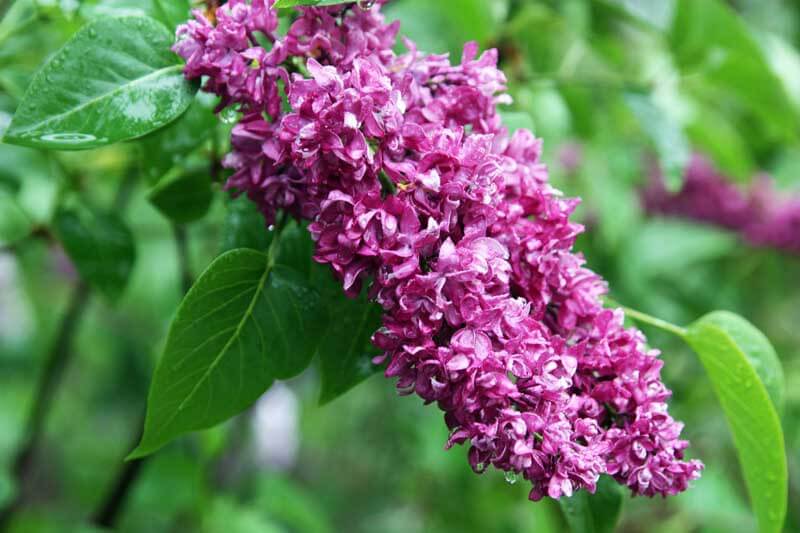
In the early 1800s, Europeans began developing improved white and dark purple lilacs and new colors, such as clear rose. But it wasn’t until a French nurseryman, Victor Lemoine (1876-1927) from Nancy, France, became interested in lilacs and began breeding them that many of the most beautiful lilacs ever were developed. He bred them for much of his life and named over 153 classic varieties, many of which are still sold at garden centers today. His double-flowered varieties have never been surpassed. One of my favorites is ‘Charles Joly’, with very fragrant, double, deep magenta flowers in mid-May. It is still considered the best lilac in its color range. Other of his bests include the award-winning ‘Miss Ellen Willmott’, a superb double bloomer with large, white flowers, ‘Montaigne’ (1907), an excellent pink and white double, and ‘Madame Charles Souchet’, a very showy variety with large florets of pale to medium lilac-blue.
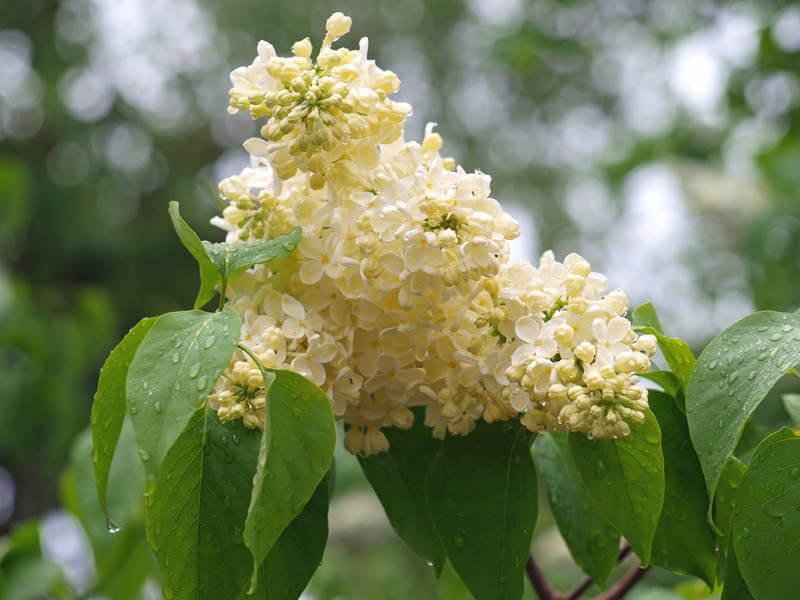
The second great breeder of lilacs was the American Father Fiala (1924-1990). In the nineteen forties, this parish priest in Ohio began working with his favorite flower as a hobby, a love inspired by the lilacs in his grandmother’s extensive garden. Father Fiala developed 50 different varieties of lilacs and was working on new ones when he died in 1990. Some of his best are ‘Marie Frances’ (8 feet), a true pink, very fragrant form, the equally fragrant ‘Blanche Sweet’ (8 feet) that has blue flowers tinged with pink, the true-blue ‘Wedgewood Blue’ (6 feet), double white-flowered ‘Avalanche’ (10 feet), and ‘Primrose’ (12 feet) with its unusual, light yellow flowers.
Fiala was also a founder of the International Lilac Society and wrote the definitive book, ‘Lilacs – the Genus Syringa’, which is still in print and an essential resource for lilac lovers.
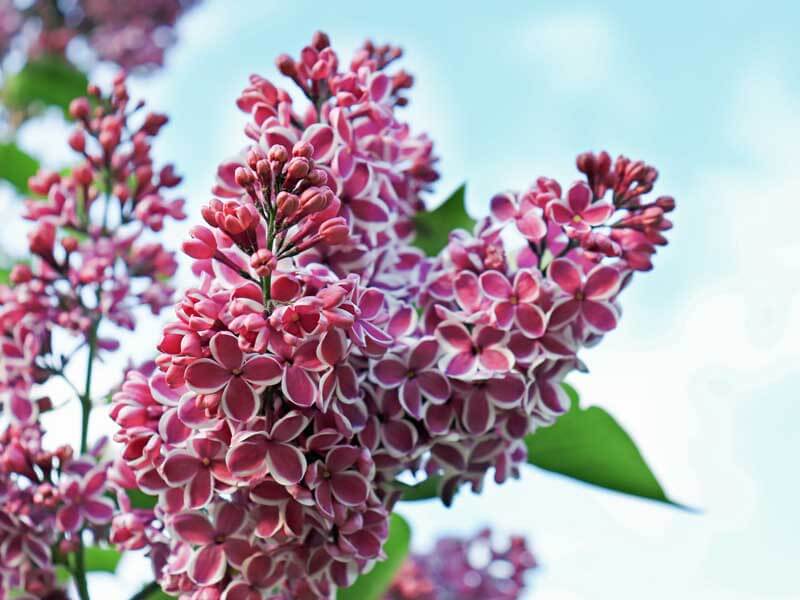
Other lilacs well worth mentioning include the fantastic ‘Beauty of Moscow’, whose pink buds open to gorgeous, double, white flowers. The heirloom was bred by the Russian hybridizer Leonid Kolesnikov in 1943 and is still widely sold as a garden favorite. Another that is a perennial favorite is the bicolored ‘Sensation’, with large, unique reddish-purple flowers edged in white.
Growing Lilacs
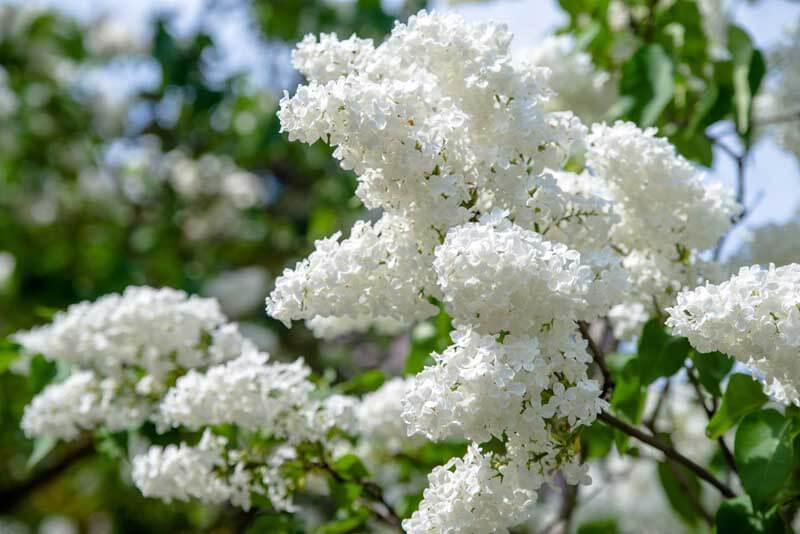
These are long-lived shrubs that can survive for well over 100 years, so it is important to choose the best site for a lilac. Lilacs grow in Zones 3 to 7. Any farther south is just too warm for their survival. They like full sun, unless you live in an area with high summer temperatures, in which case afternoon shade is a good idea.
Most of all, lilacs cannot tolerate wet feet. They have to have well-drained soil at all times. Soil that is average to poor with a neutral to alkaline pH is preferred. Established plants will tolerate dry soil. However, newly planted shrubs need to be kept moist for the first year until their roots are established. Mulch is the best way to conserve moisture in summer, but be sure to leave a 4-inch, mulch-free space around the base of the plant to avoid crown rot. In a real drought (we had ten weeks with no rain last August to November), everything needs extra water.
Lilacs reach 6 to 15 feet tall and 4 to 12 feet wide, depending on the variety, so space them accordingly. When planting any shrub or tree, I find it helpful to mix some Black Gold Garden Soil into the dug up soil for good establishment. It is rich in organic matter and feeds plants for up to six months.
Pruning Lilacs
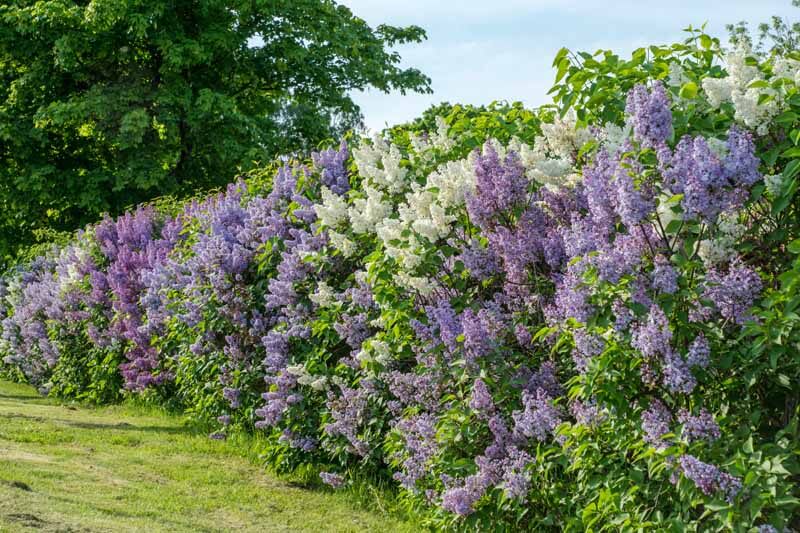
Prune just after shrubs bloom because they only flower on last year’s branches. If you prune in the fall or spring, you will cut off next year’s flowers. Cutting back some of the old, thick, trunks by one third will help promote new growth. In cases where severe pruning is needed, lilacs will tolerate hard or renewal pruning and can be cut back to just a couple of feet and regrow.
Lilac Pests and Concerns
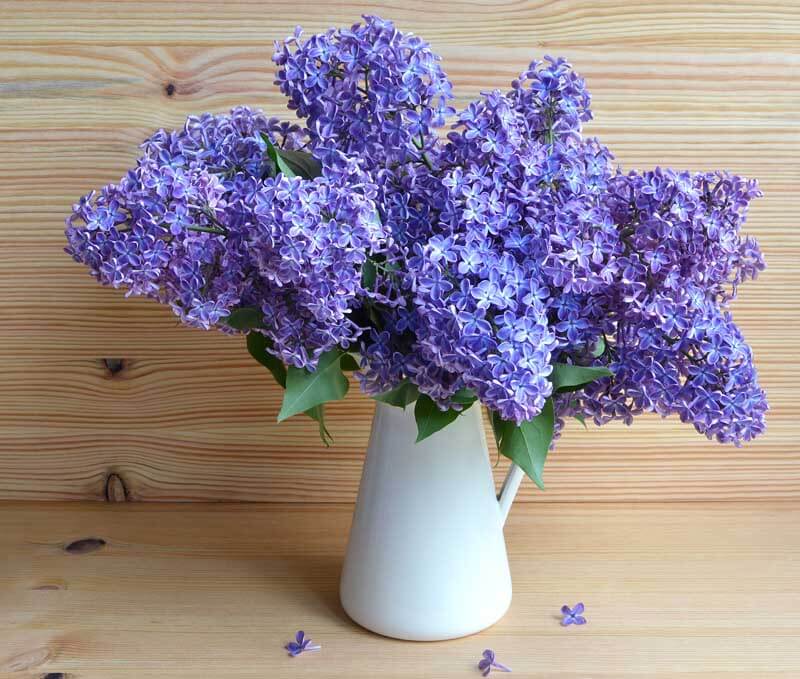
There are several common problems that any lilac owner can expect. They are susceptible to powdery mildew, and some may get lilac borers, but I have noticed some lilacs are more resistant to the borers than others are. In fact, out of my 21 lilacs, only 1 has borers. For powdery mildew, an easy, all-natural fix is the use of Green Cure foliar fungicide.
There are some nurseries online with an excellent lilac selection (The International Lilac Society has a good list of sources, click here to view them), but the only problem is that the plants are usually sold as 4- to 12-inch-tall specimens. Who wants to wait? Instead, I would suggest calling local nurseries in your area to see what lilacs they have.
There are so many reasons to plant lilacs. They are deer resistant, and birds, butterflies, and bees love them. Plant some of these old-fashioned shrubs for their super spring show.

